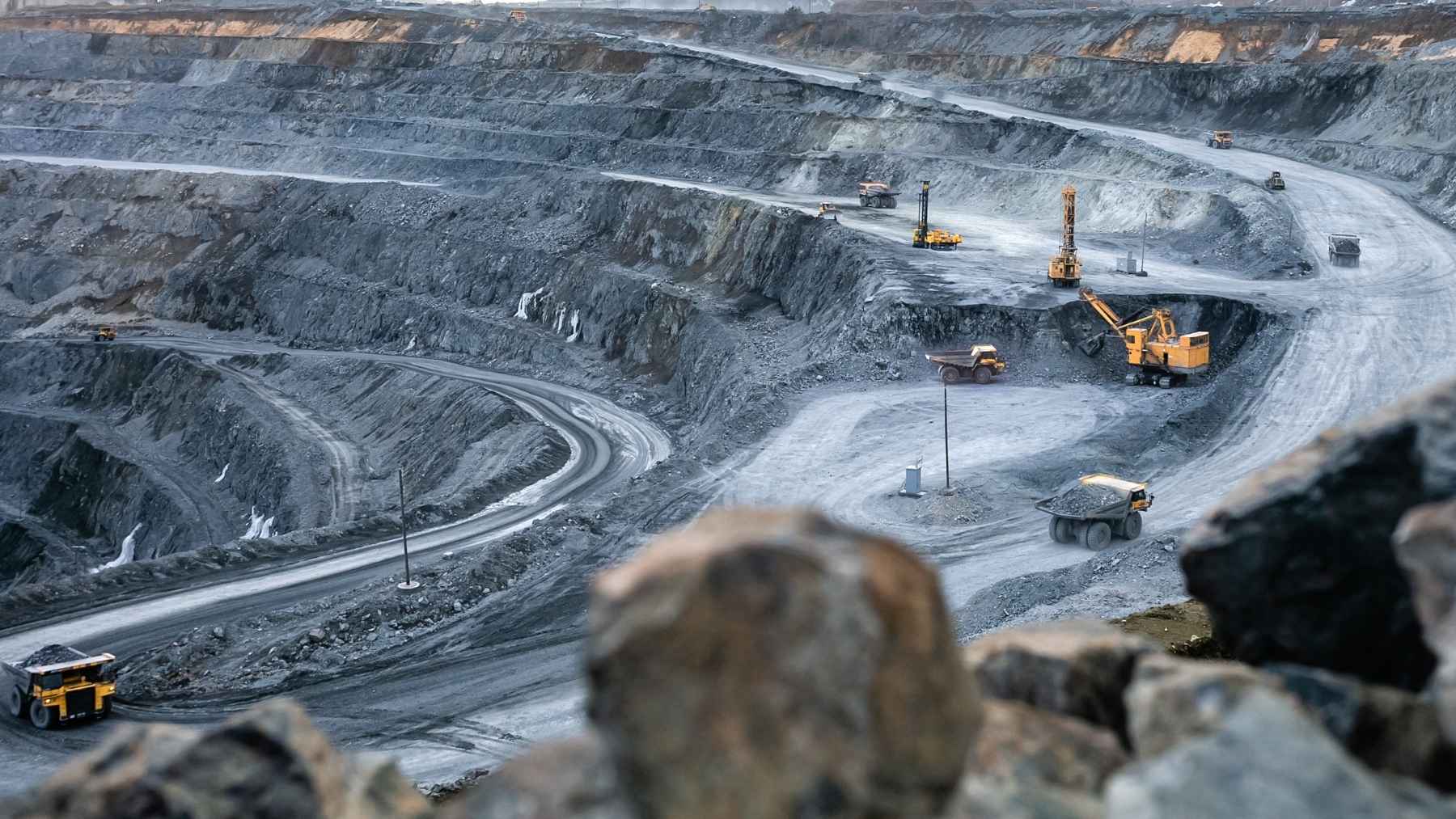A ground-breaking discovery has been made by Chinese geologist. They have discovered a ‘supergiant’ gold deposit beneath the Wangu gold field in Pingjiang County, Hunan Province. This find, which is potentially considered to be the largest of its kind, is estimated to contain up to 1,100 tonnes of gold, valued at approximately $83 billion USD.
Chinese experts claim that this discovery could be the largest deposit of any precious metal and not just gold ore, in existence.
Unveiling the Supergiant Deposit
According to the Geological Bureau of Hunan Province, geologists have identified over 40 gold veins, with a reserve of roughly 330 tonnes of gold, within a depth of 6,600 feet beneath the Wangu gold field in Pingjiang County.
Advanced 3D geological modelling suggests that the deposit could extend to depths of 9, 800 feet, increasing the estimated reserves to over 1,000 tonnes.
This discovery is different from others as a result of its exceptional quality of ore. Samples that were taken show that it has a gold concentration of up to 138 grams per tonne, which is not something that is common within the gold mining industry. Chen Rulin, an ore-prospecting expert with the bureau, noted that many drilled rock cores showed visible gold.
Implications for China’s Gold Industry
China is already known to be the world’s leading gold producer, by accounting for 10% of worldwide production. However, it is important to note that the country makes use of approximately three times more gold than it produces. As a result of this, they are reliant on importing. This new deposit could enhance China’s self-sufficiency in gold, reducing its dependence on foreign sources.
The discovery of the gold deposit also has a strategic significance in terms of geopolitical tensions. China can now stand to strengthen its economic resilience within the global economy.
Global Market Reactions
The announcement of the supergiant deposit has sent ripples through global gold markets. The price of gold has increased to approximately $2,700 per ounce, almost reaching record highs. This price increase reflects investor anticipation of potential shifts in global gold supply dynamics.
In the short term, higher gold prices may benefit gold-producing countries like Australia and South Africa. However, the long-term implications could include increased competition and changes in trade relationships, particularly if China reduces its gold imports.
Scepticism and the Need for Verification
Even though there is much excitement about this discovery, many experts still urge the need to caution. It is important to adhere to the international reporting standards, such as Canada’s NI 43-101 or Australia’s JORC Code, to ensure transparency and credibility. The global frameworks and Chinese mineral reporting standards are different, and this may lead to differences in resource estimation and reporting.
Environmental and Technical Challenges
The gold extraction is approximately 3,000 meters deep, and this may present technical challenges as it may require deep mining operations. These operations will require intense cooling, ventilation as well as safety measures due to the extreme heat and pressure conditions. In addition to this, there has also been concerns about the environmental impact.
China has ensured that they will develop responsible mining practices, but the feasibility of extracting gold from such depths is still to be confirmed. There is a need for intensive feasibility studies and environmental assessments as this will be crucial in determining the viability of mining operations at the Wangu gold field.
Conclusion
The discovery of this supergiant gold deposit marks a significant milestone in the worldwide mining industry and could potentially become the largest known gold reserve. However, it is crucial that the technical and environmental challenges are well addressed beforehand.

